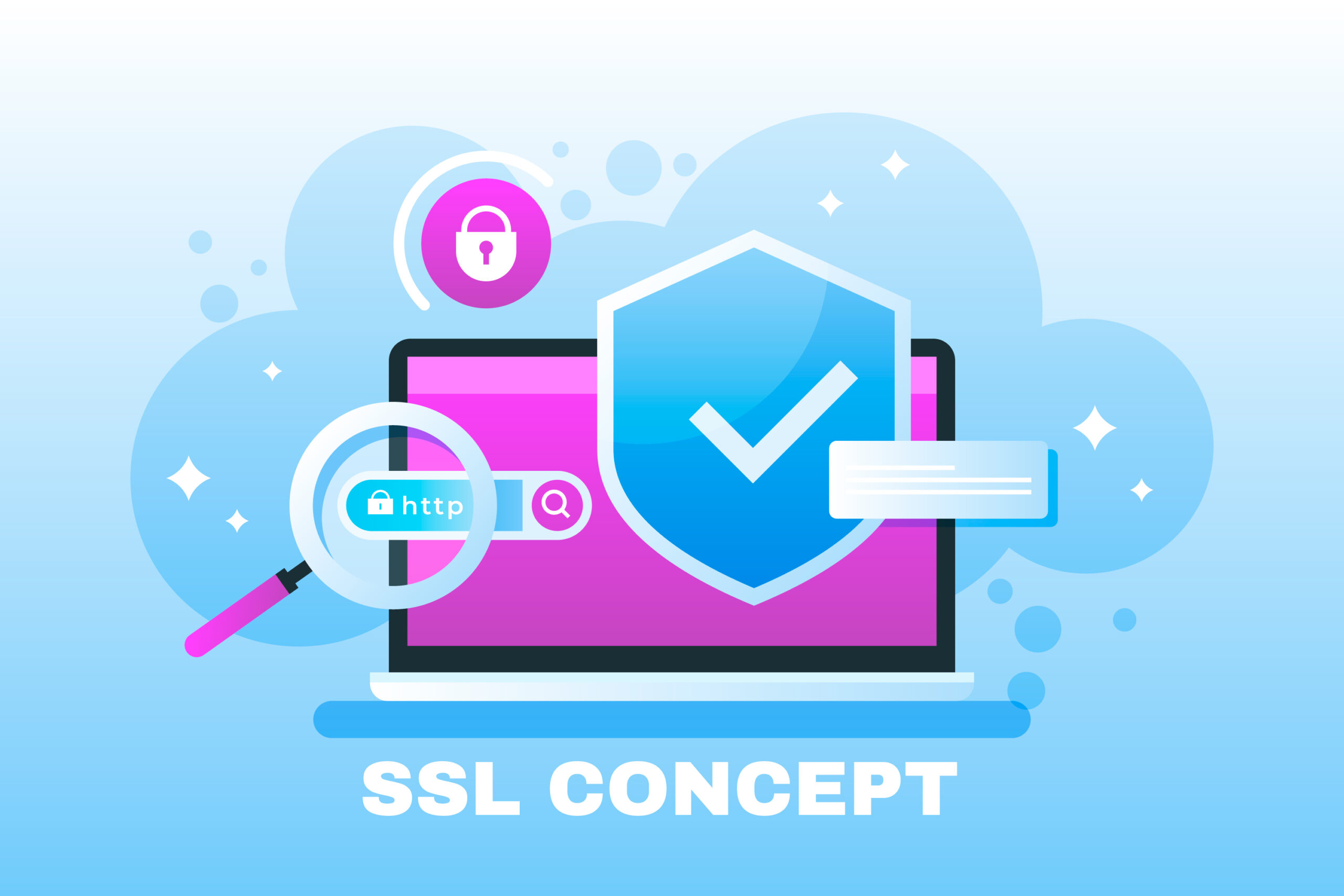
Introduction
In the digital age, software integrity and security are paramount. Code signing is a critical security measure that ensures software distributed over the Internet remains trustworthy by validating its origin and confirming that it hasn’t been tampered with after publication. This article provides an in-depth look into code signing practices. It offers guidance on how to secure your software effectively.
What is Code Signing?
Code signing is a digital signature placed on software and executables to verify the legitimacy of the source (the developer or the distributor) and to ensure that the code has not been altered or compromised after it was signed. This technique employs cryptographic algorithms to protect the code integrity and build user trust.
Critical Benefits of Code Signing
- Security Enhancements: Protects software from being modified and distributed with malicious intent.
- Trust and Reputation: Build user confidence in the software’s security, increasing download and installation rates.
- Compliance and Auditability: Meets regulatory requirements that may mandate code signing for digital software distributions.
Choosing the Right Code Signing Certificate
Selecting the appropriate code signing certificate is crucial for ensuring the security of your software. Certificates can range from standard to Extended Validation (EV) certificates. EVs offer the highest level of trust because they require a thorough validation process by the Certificate Authority before issuance.
Best Practices for Secure Code Signing
Secure Your Private Keys
- Use of Hardware Security Modules (HSM): Protect your private keys with an HSM. This physical device manages digital keys securely and prevents unauthorized access.
- Critical Access Controls: Limit access to private keys only to those who require it to perform their job responsibilities.
Ensure Time Stamping
Timestamp your signatures to ensure that your software remains verifiable, even if the digital certificate expires, thus maintaining its integrity over time.
Regular Audits and Compliance Checks
Conduct regular security audits and compliance checks to ensure the code signing process and the code remain secure against emerging threats.
Use of Strong Hashing Algorithms
Employ robust cryptographic hash functions to generate a unique fingerprint of the software code, which is almost impossible to forge.
Automate the Code Signing Process
Incorporate automation in your code-signing processes to reduce human error and streamline your operations, particularly in environments that frequently update software.
Handling Revocation and Expiry
It’s critical to have a robust strategy for dealing with certificate expiration and potential key compromise:
- Monitoring Certificate Status: To avoid disruptions, monitor your certificate’s validity and renew it before it expires.
- Planning for Key Compromise: Implement a quick response strategy to revoke your signing keys and minimize damage in case they are compromised.
Integrating Code Signing into CI/CD Pipelines
Incorporate code signing into your CI/CD pipelines to ensure all released code is signed automatically, securing continuous integration and delivery practices.
Challenges in Code Signing
Code signing is easy; however, organizations must overcome significant hurdles to manage private keys securely and ensure scalability in signing operations.
Case Studies
Reviewing real-world applications of code signing, such as its use in large software companies, provides valuable lessons and best practices that can help prevent common pitfalls.
Future of Code Signing
The future of code signing will likely see enhancements in cryptographic practices and the integration of more stringent security measures to cope with the evolving digital threat landscape.
Conclusion
Embracing best practices in code signing is imperative for protecting software integrity and maintaining user trust. By securing every step of the code-signing process, developers and distributors can safeguard their software against tampering and ensure compliance with industry standards.
FAQs
- What is the most secure type of code-signing certificate? The most secure type is the Extended Validation (EV) Code Sign Certificate, which requires a comprehensive validation of the requester’s identity.
- How often should code signing keys be rotated? It is recommended that they be rotated at least annually or according to your security policy’s stipulations.
- What is the difference between standard and EV code signing certificates? EV certificates provide the highest level of trust as they require thorough verification of the applicant’s identity, unlike standard certificates.
- How can small developers implement code signing on a budget? They can opt for standard certificates or seek provider-bundled deals to reduce costs.
- What are the first steps in setting up a secure code signing environment? The first steps include obtaining a suitable certificate, securing private keys, and setting up a code-signing process.










